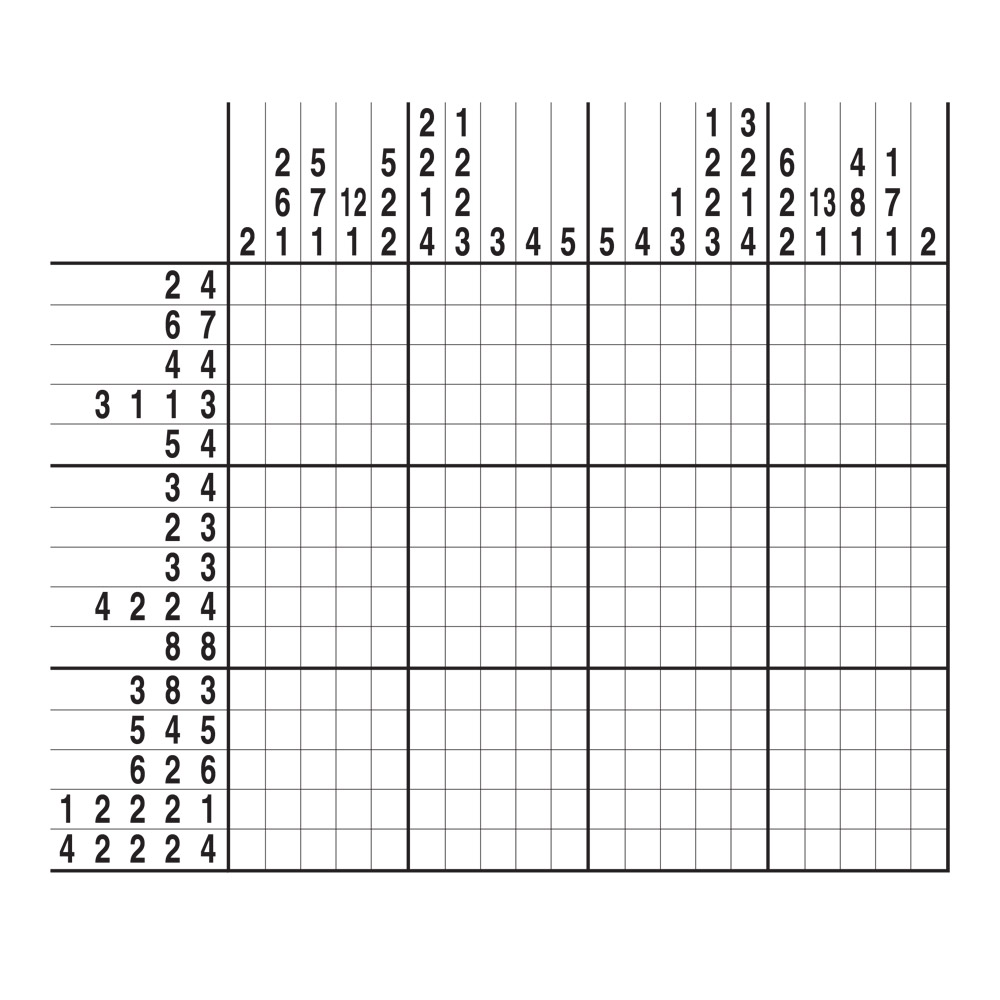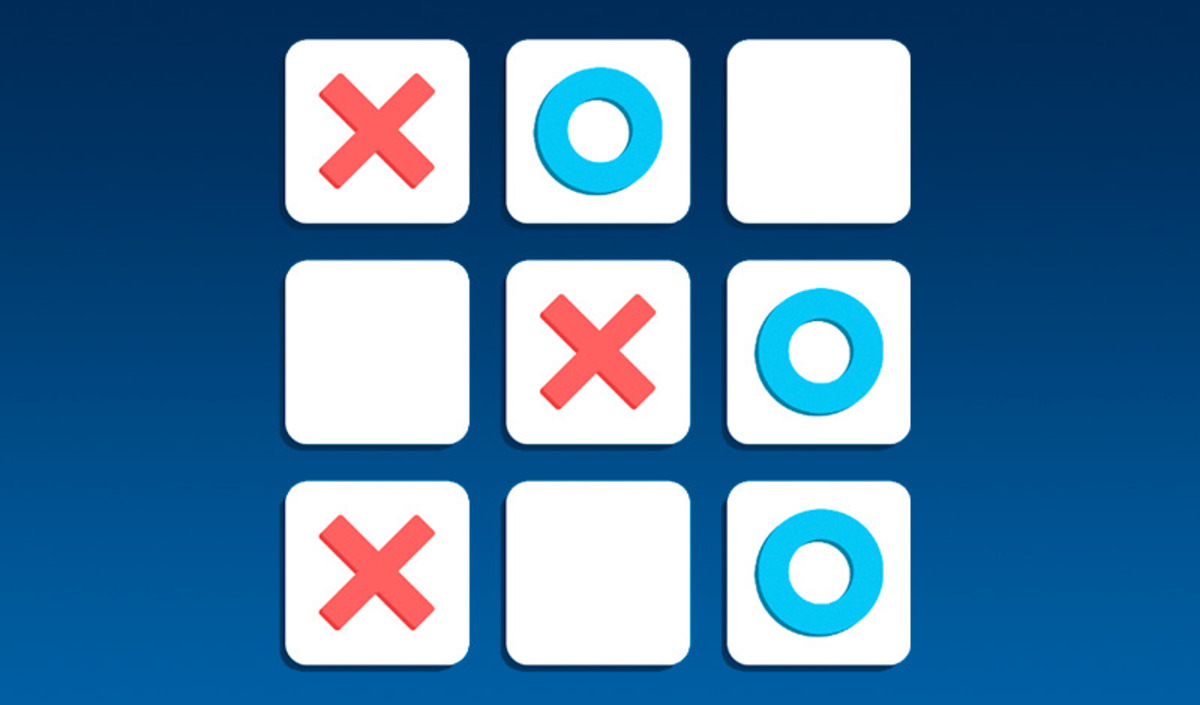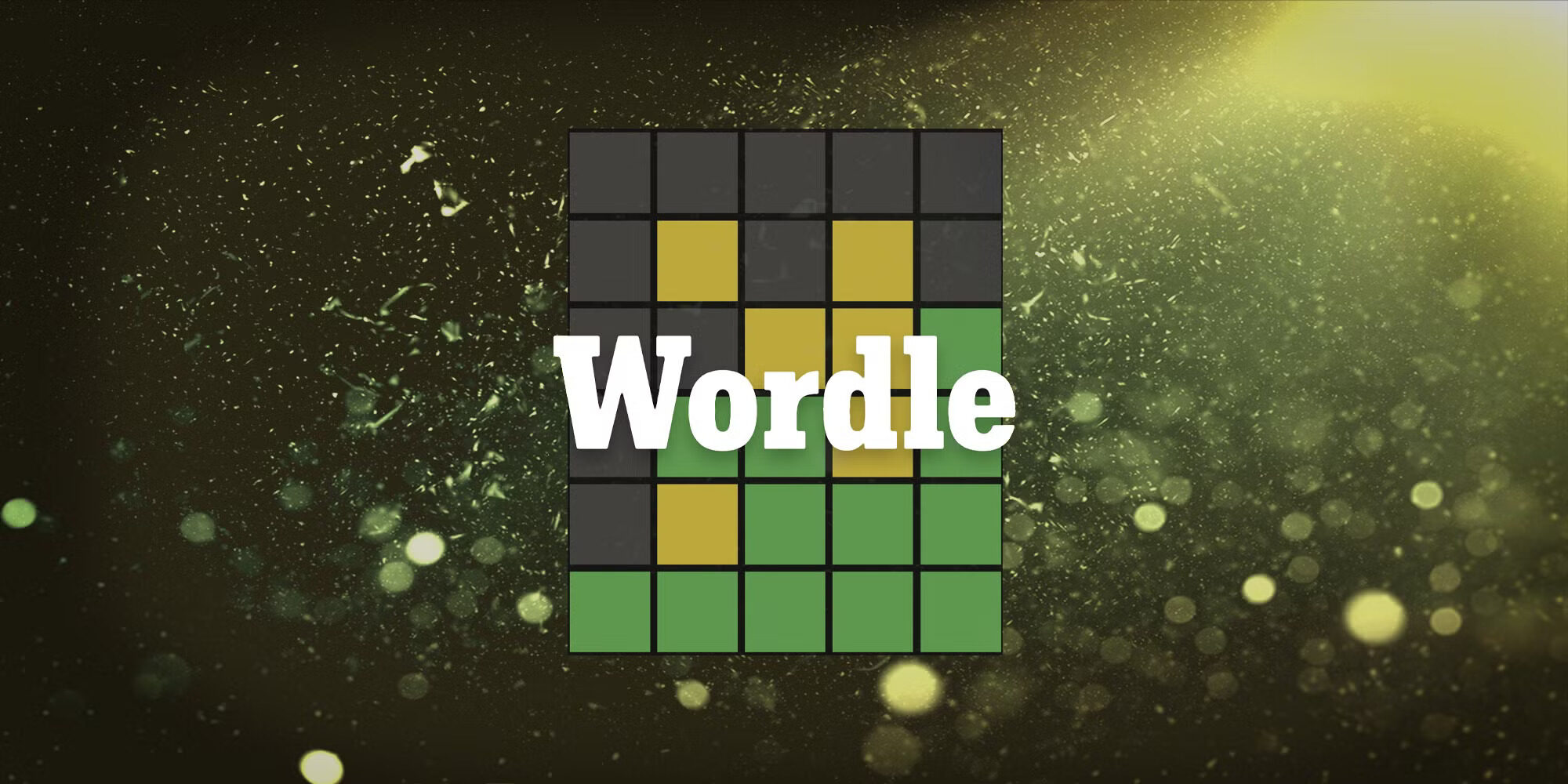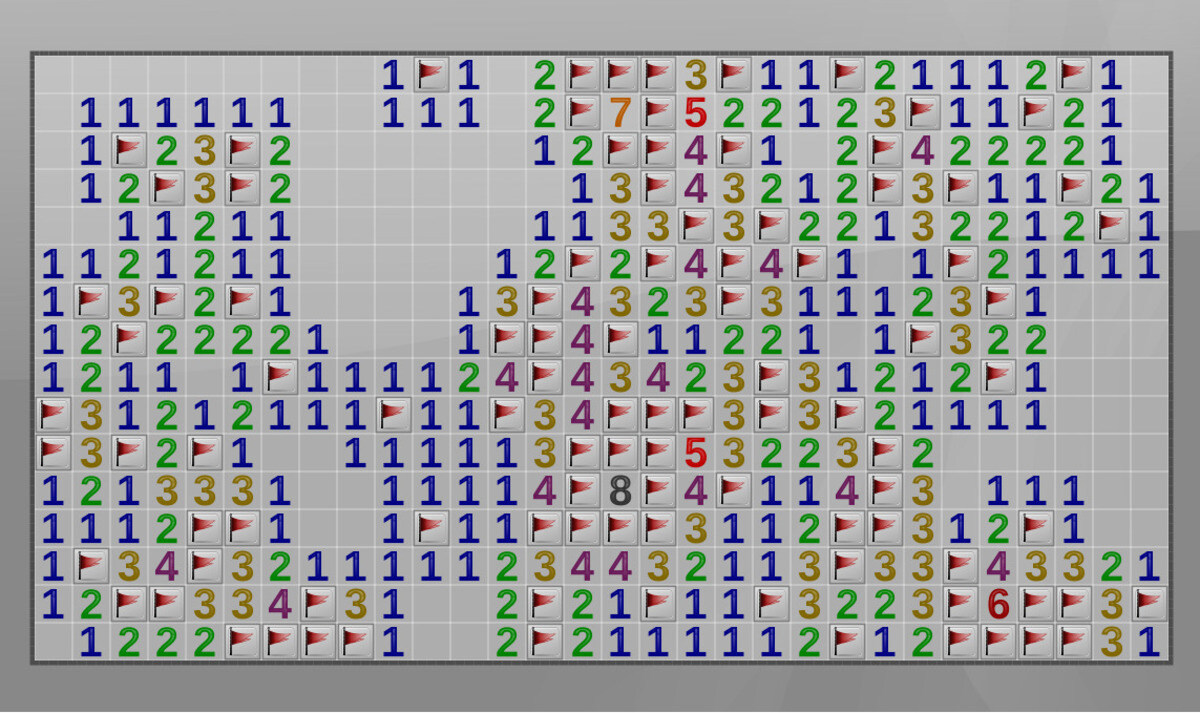What is a Nonogram?
A Nonogram is a puzzle that uses numerical clues to form a picture on a grid. Often called Picross, Hanjie, or Griddler, this logic game requires careful analysis and strategy. Nonograms have gained popularity worldwide because they combine the challenge of logical thinking with the satisfaction of gradually revealing a hidden image.
Players enjoy Nonograms because solving them depends entirely on strategy, not luck. The game offers an excellent alternative to Sudoku and crossword puzzles for people seeking a mental challenge. In the digital age, mobile apps and online platforms have made Nonograms more accessible, allowing millions of fans worldwide to explore its many variations.
What makes Nonograms unique is the way they are solved. They are not just simple connect-the-dots puzzles but involve a detailed process of determining which boxes should be filled and which should remain blank. Using the clues correctly is the key to successfully solving the puzzle. With each increasing difficulty level, the strategies required to complete the game change, which is why both beginners and veteran players keep coming back to hone their logical thinking skills.
Gameplay and Objective
The main objective of a Nonogram involves identifying which boxes in the grid you should fill to create a picture. Unlike other puzzle games with direct goals, this game lets the player gradually discover the solution by carefully analyzing given clues.
Each row and column of the grid displays numbers. These numbers tell you how many consecutive boxes you must fill in that specific line. The challenge comes from combining this information to pinpoint exactly where the filled boxes belong without breaking any of the provided clues. At first, you may find the process difficult, but it becomes easier with practice.
Difficulty increases alongside grid size. You can solve smaller puzzles in just a few minutes, while larger grids may require hours of effort. The most challenging puzzles demand careful analysis and considerable patience to fully reveal the image.
Players can enjoy this game in various formats—from traditional paper puzzles to digital apps featuring interactive tools. More modern versions offer hints, an undo button, and a color mode, enhancing your gaming experience.
Strategies and Techniques
At first glance, a Nonogram may appear simple, but as the game progresses, solving larger grids clearly requires thoughtful strategy.
Beginners should focus first on the largest numbers in the grid. These numbers indicate how many boxes you must fill. If a number is large enough to span an entire row or column, you can easily determine where to place the marks. Using markers (such as X or other indicators) to identify empty boxes also helps you avoid incorrect placements.
Experienced players rely on accurately analyzing overlapping clues as one of their key tactics. For instance, if a row contains the numbers 5 and 2, and there is limited space for two separate groups of filled tiles, you can use this information strategically to place other boxes. Skilled players often analyze intersections of rows and columns as an advanced technique to solve puzzles faster.
Recognizing common patterns also helps solve puzzles more efficiently. As you continue playing, you’ll begin noticing recurring structures across different puzzles, allowing you to quickly identify correct solutions even when clues aren’t entirely clear yet.
Different Versions and Related Games
Due to the rising popularity of Nonograms, many different versions have emerged. Some of the biggest gaming companies have released their own versions, including the Nintendo Picross series, which became a massive hit on handheld consoles. There are also color-based Nonograms, where different colors are used for each clue, creating a detailed pixel art image instead of a simple monochrome picture.
For those looking for similar challenges, Sudoku, Kakuro, and Slitherlink are great alternatives—games that also require logical thinking and the correct use of clues to solve puzzles.
History and Development
Nonograms originated in Japan during the 1980s, when Tetsuya Nishio created the concept of grid-based logic puzzles. It quickly gained worldwide recognition, and the name “Nonogram” came from a Japanese puzzle creator, Non Ishida.
Since then, the game’s influence has expanded rapidly, appearing in well-known puzzle books and game collections. In the digital age, it has become more accessible through mobile apps, PCs, and console games. Today, different versions of the game continue to evolve, featuring daily challenges, leaderboards, and various difficulty modes, ensuring its lasting popularity.
Fun Facts
Schools in Japan and Europe have included Nonograms in their curriculums to help students develop problem-solving and analytical thinking skills. Brain-training programs also use Nonograms as a logic puzzle to help older adults maintain mental sharpness.
In some online forums, dedicated communities create their own custom Nonogram puzzles, featuring more complex and detailed images, from anime characters to iconic landmarks.
Why You Should Try Nonograms
Beyond being a fun game, Nonograms are a great way to develop logical thinking. Completing each puzzle is not just a victory in problem-solving but a testament to one’s skill in analysis, strategy, and patience. For those seeking a game with a mental challenge, this is undoubtedly one of the best choices.
If you haven’t tried it yet, now is the perfect time to expand your puzzle-solving skills with Nonograms. Try it today and see how far your logical thinking can take you!



